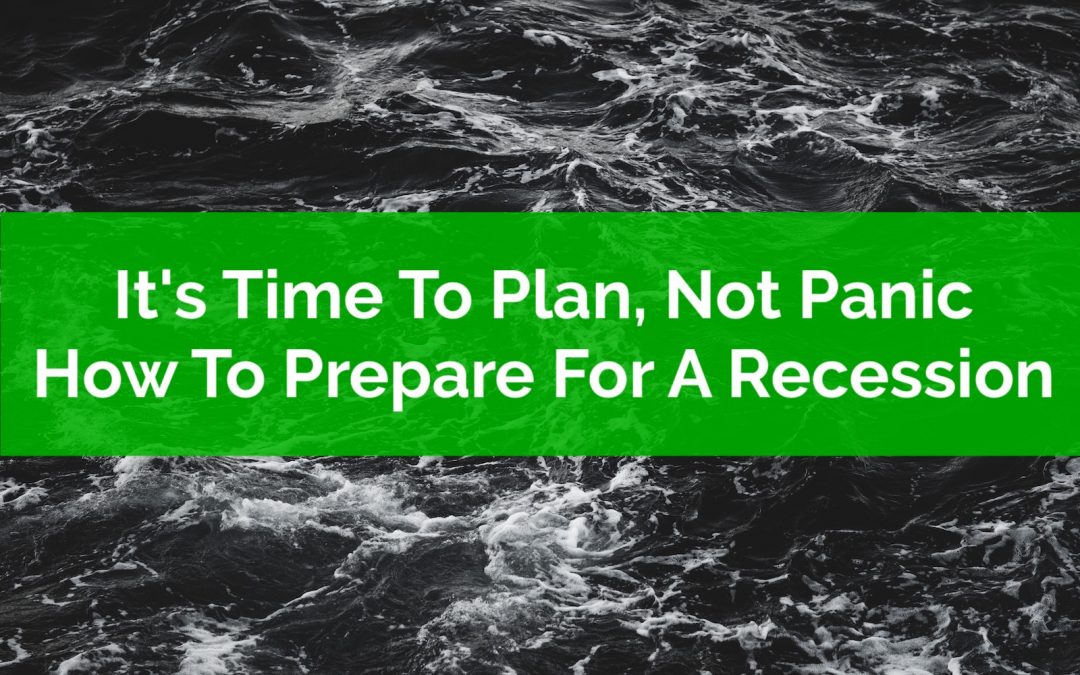
by Owen | Mar 16, 2020 | Behavioral Finance, Budgeting, Emergency Fund, Financial Planning, Income, Investment Planning, Retirement Planning, Saving Money
They say the best time to plant a tree was 20-years ago but the second best time is now.
The same goes for financial planning. The best time to build a plan is before a crisis/recession/depression but the second best time is today. A good financial plan will help ensure that you’re prepared for a recession or financial emergency.
Having a financial plan provides an incredible amount of peace of mind. A good financial plan will already have anticipated a scenario like this and will ensure you’re still successful. It will highlight how to prepare for a recession and what changes you need to make to ensure you are successful over the long-term.
There are a few best practices that can help improve the ‘robustness’ of a financial plan. These are practices you can start using right away, even if they weren’t previously part of your plan.
Some of these best practices focus on behavior. They help manage your financial routine during emotional periods like this. Some focus on flexibility. They ensure that you have room in your plan to absorb the unexpected, whether that be changes in income, changes in expenses, or changes in investment returns.
It doesn’t matter if you’re in retirement, starting a family, or just starting to save and invest, there are a number of ways that you can prepare for a recession that will help you feel better about your finances and your long-term plan.
This post will touch on many of these best practices. These are best practices that we’ve covered in previous posts, so we’ll cover the basics here and link to past posts for more detail.
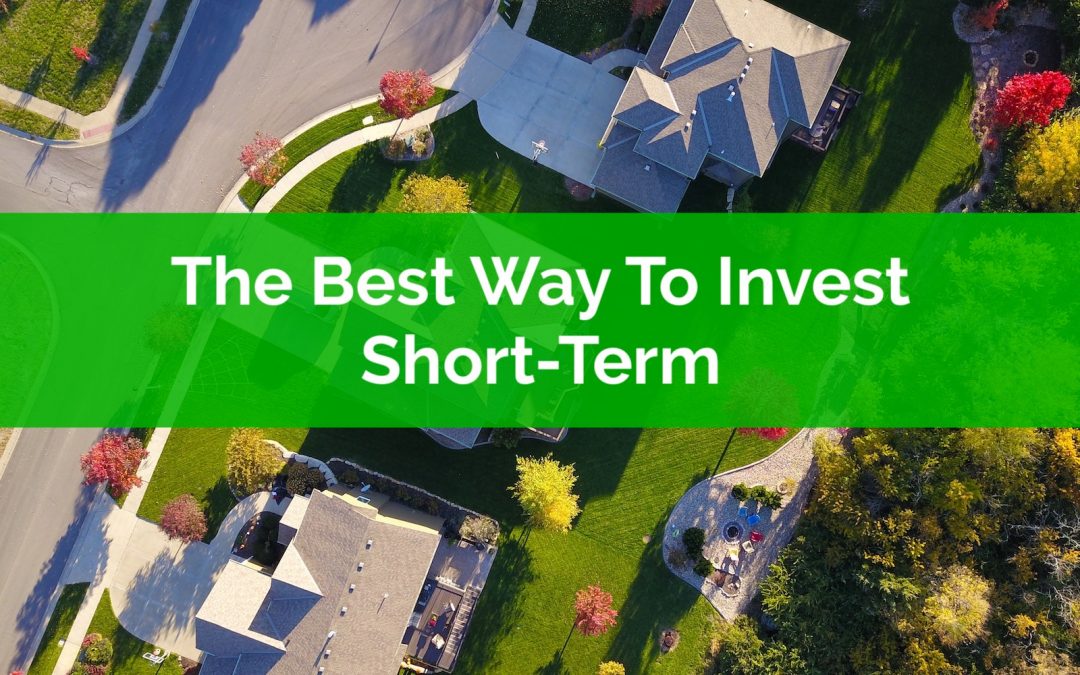
by Owen | Jan 27, 2020 | Buying A Home, Down Payment, Financial Planning, Investment Planning, Retirement Planning
When planning to reach a financial goal, one very important aspect is the timeline. How much time do you have until you want to meet your goal? Is it 1-year, 3-years, 5-years, 10-years or maybe it’s a long-term goal like 25+ years.
Your timeline is a very important factor to consider. Your timeline is going to help inform decisions about how much risk you should be taking and the best way to invest.
One common mistake people make is that they make investment decisions without thinking about their timeline. They’re mostly focused on getting the highest return, making the most of their money, and not leaving anything on the table. But they don’t fully appreciate the short-term risk associated with a decision to “maximize returns”.
Over the long-term, taking on more risk can be a smart decision, but over the short-term that extra risk can cause some wild swings.
If you need access to money within a few years then you need to choose a good way to invest short-term.
Maybe it’s for a down payment, or maybe it’s to pay for post-secondary education, maybe it’s to pay for an expensive once-in-a-lifetime trip in retirement, or perhaps it’s a wedding gift for your daughter and soon to be son-in-law. Whatever the reason, if you need access to a large amount of cash within the next 3-5 years then you need a good short-term investment.
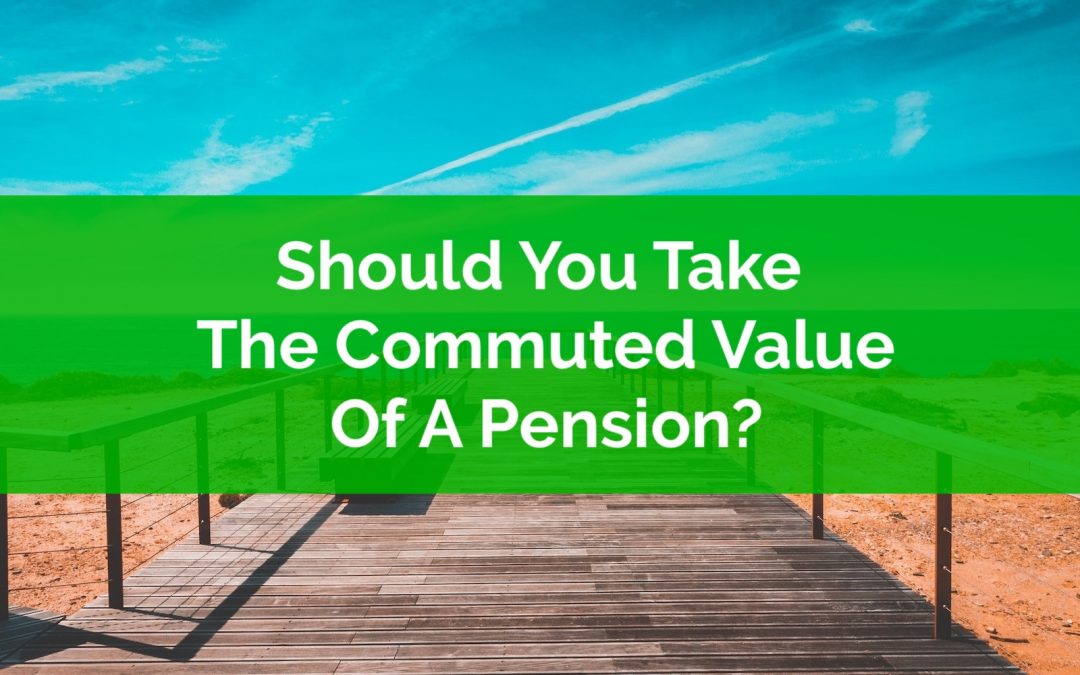
by Owen | Dec 30, 2019 | Retirement Planning
Defined benefit pensions are often an enormous advantage when it comes to retirement planning but there are also some very complex decisions that need to be made. One of those decisions could be whether or not you should take the commuted value of a pension.
The commuted value represents the lump-sum value of a defined benefit pension… it is the amount that the actuary feels your pension is worth in today’s dollars… and it can be very very large.
A reasonable defined benefit pension could have a commuted value worth $250,000+, or $500,000+, or even $1,000,000+
Seeing all those zeros can be very enticing. This can cause many people to consider taking the commuted value rather than the lifetime retirement benefit offered by a defined benefit pension.
But should you take the commuted value of a pension? There are often many things to consider when deciding to take the commuted value of a pension and the size of the commuted value itself is one just one piece of the puzzle.
Let’s take a look at a few of the factors that you may want to consider, but first, what is a commuted value exactly?
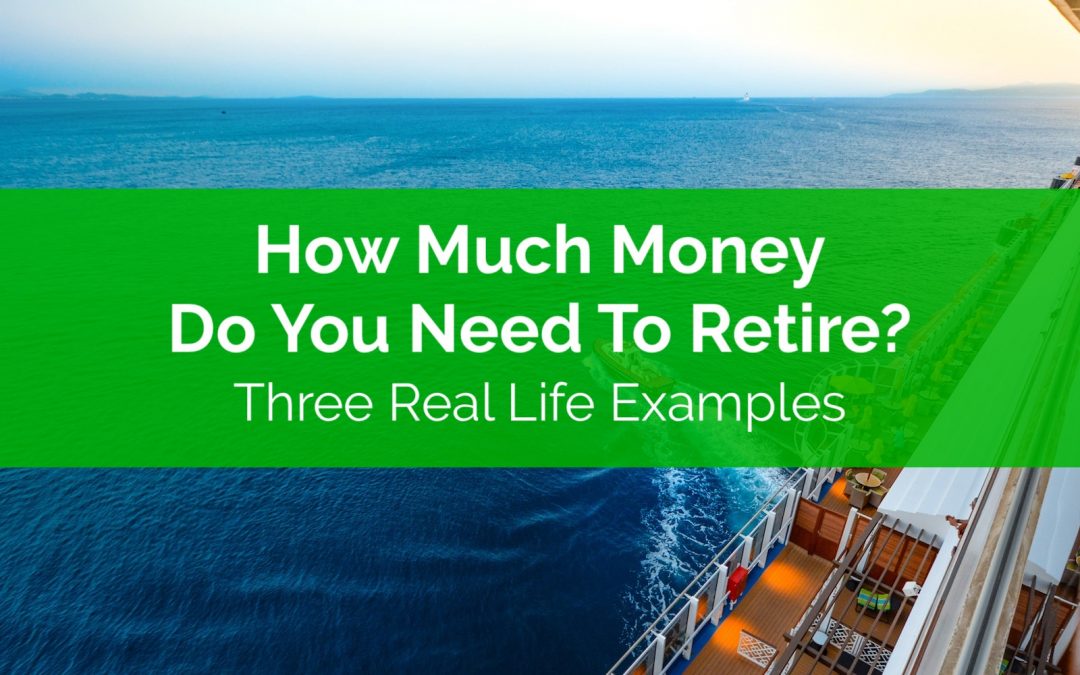
by Owen | Dec 16, 2019 | Retirement Planning
How much money do you need to retire? Well that depends, the more appropriate question might be how much do you want to spend? In this post we’re going to look at three real life retirement examples, one high spending around $200,000 per year, one moderate spending around $70,000 per year, and one low spending at $30,000 per year.
Retirement planning is always driven by spending assumptions in retirement. Spending levels have an enormous impact on how we can plan draw down, how we can manage taxes, and most importantly… how successful the plan is during periods of low investment returns. This is why it’s so important to accurately estimate spending when doing a retirement plan.
Spending doesn’t just include your regular day to day spending, it should also include things like one-time expenses for children’s weddings or once-in-a-lifetime trips. And it should always include an estimate for infrequent expenses like home repairs, vehicle repairs, and vehicle upgrades.
Determining how much money you want to spend in retirement will go a long way to helping to determine how much money you need to retire.
That being said, spending is important, but it isn’t everything…
Other income sources like government pensions, private pensions, and government benefits are also an important factor to consider. Income from government pensions can easily represent 25% to 50% of a retirees spending goal in retirement. Government benefits like GIS and GAINS in Ontario can easily add up to $10,000+ per year for low-income retirees.
The other factor to consider is how much income tax you’ll be paying in retirement. Not all income sources are created equal. Income from a defined benefit pension can be split between partners before age 65, a huge tax planning advantage. Income from CPP, OAS, RRSPs etc are all fully taxable whereas income from TFSAs or non-registered accounts are not. In some provinces non-registered eligible dividends from a Canadian company can actually have a negative tax rate, a big advantage when determining how to best draw down assets in retirement.
To determine how much money you need in retirement often requires a very custom financial plan. This retirement plan looks specifically at your income sources, your financial assets, and your spending goals to determine how much you actually need to retire (and often it’s less than you think!).
In this post we’re going to look at three real life retirement planning examples. These examples are from case studies that we’ve done in the past with the Financial Post or other personal finance websites. We’ve chosen three in particular. One high income retirement planning example. One moderate income retirement planning example. And one low income retirement planning example.
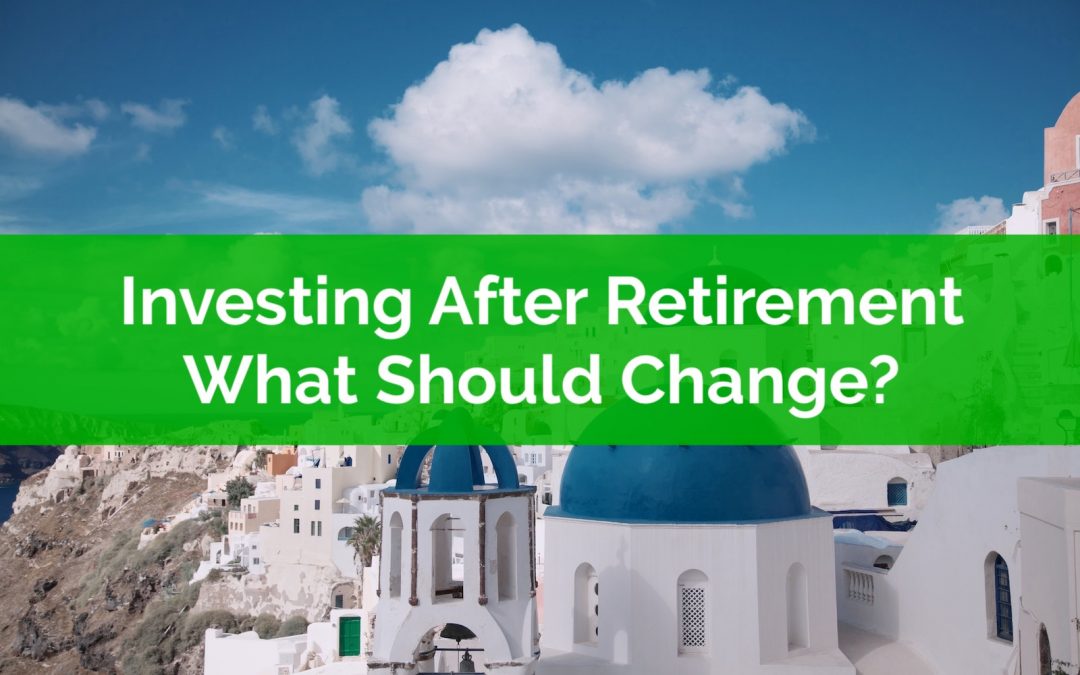
by Owen | Dec 2, 2019 | Behavioral Finance, Investment Planning, Retirement Planning
Should anything change when investing after retirement? Are there specific investment options for after retirement? Should you change your asset allocation after you’ve retired?
For the average retiree their investment portfolio will make up a significant portion of their retirement income. Most of us will receive some government pension from CPP and OAS. Some of us may also receive retirement income from a defined benefit pension as well. But even in those situations we’re probably still creating some retirement income from an investment portfolio each year and this income is critical to help us reach our spending goals.
Given investment income is such an important part of most retirement plans, should anything change when investing after retirement?
For some people the answer might be yes. But for most of us the answer is probably no.
There are a few important factors to consider when investing after retirement and the three big ones are asset allocation, investment fees, and complexity.
These three factors are important to consider when investing after retirement. Depending on how your investment portfolio currently stands against these three factors it may warrant making some changes before entering retirement.
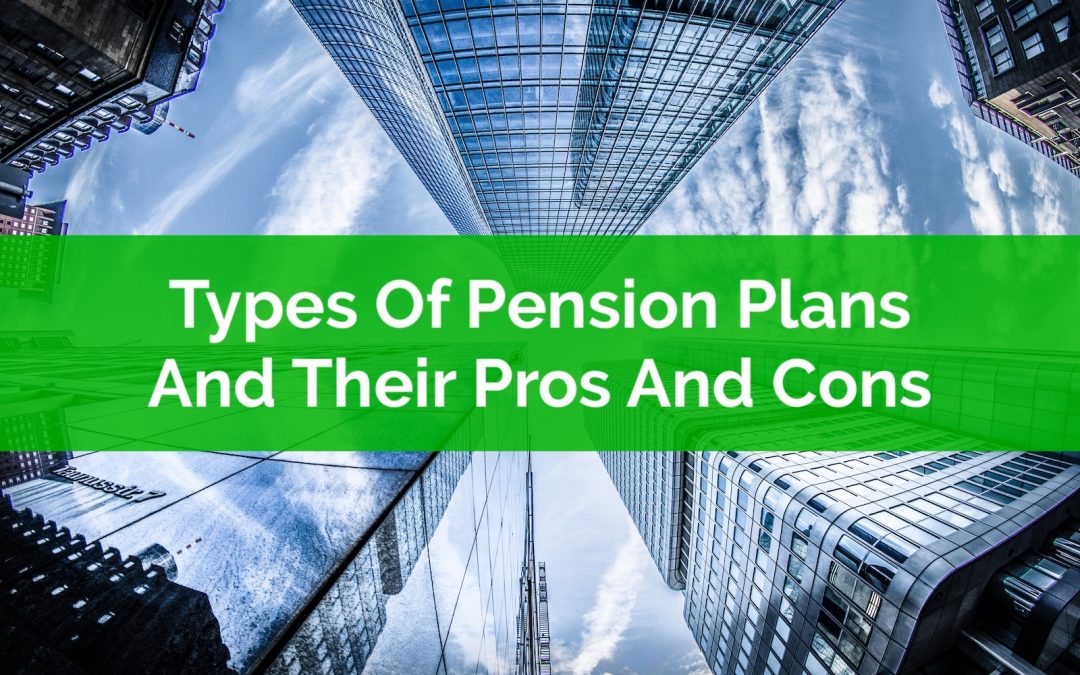
by Owen | Nov 25, 2019 | Financial Planning, Retirement Planning
There are three main pension arrangements in Canada and most people, if they have a pension plan, have one of these three main types. There are defined benefit pensions, defined contribution pensions, and group-RRSPs. Each of these have their pros and cons. (There are also some unique pension plans but these are typically intended for high income executives or business owners.)
Having an employer pension plan can be a huge benefit for retirement. An employer pension makes saving for retirement easier by taking deductions directly off your income, plus it also typically comes with employer matching. This employer matching can be worth anywhere from a few percent of your salary all the way up to 18% of your salary (depending on the plan and the retirement benefits provided).
The automatic nature of pension contributions make them a great way to save for retirement. This “forced savings” is a huge benefit in itself, regardless of the employer matching.
Depending on the type of pension you have, this money gets paid out in different ways at retirement. Some plans cannot start before a certain age while others can be accessed earlier. Depending on your retirement goals this flexibility (or lack of flexibility) is an important consideration in your financial plan.
Some pensions, specifically defined benefit pensions, may also come with health benefits, travel benefits, or life insurance benefits after retirement. This can be another important benefit of a defined benefit pension plan, one that shouldn’t be ignored (especially when deciding between a defined benefit pension and a commuted value option).
It pretty much always makes sense to participate in an employer pension plan, but the different plans do have their pros and cons. Let’s explore the three main types of plans in Canada and their pros and cons.
Page 14 of 19«...1213141516...»






